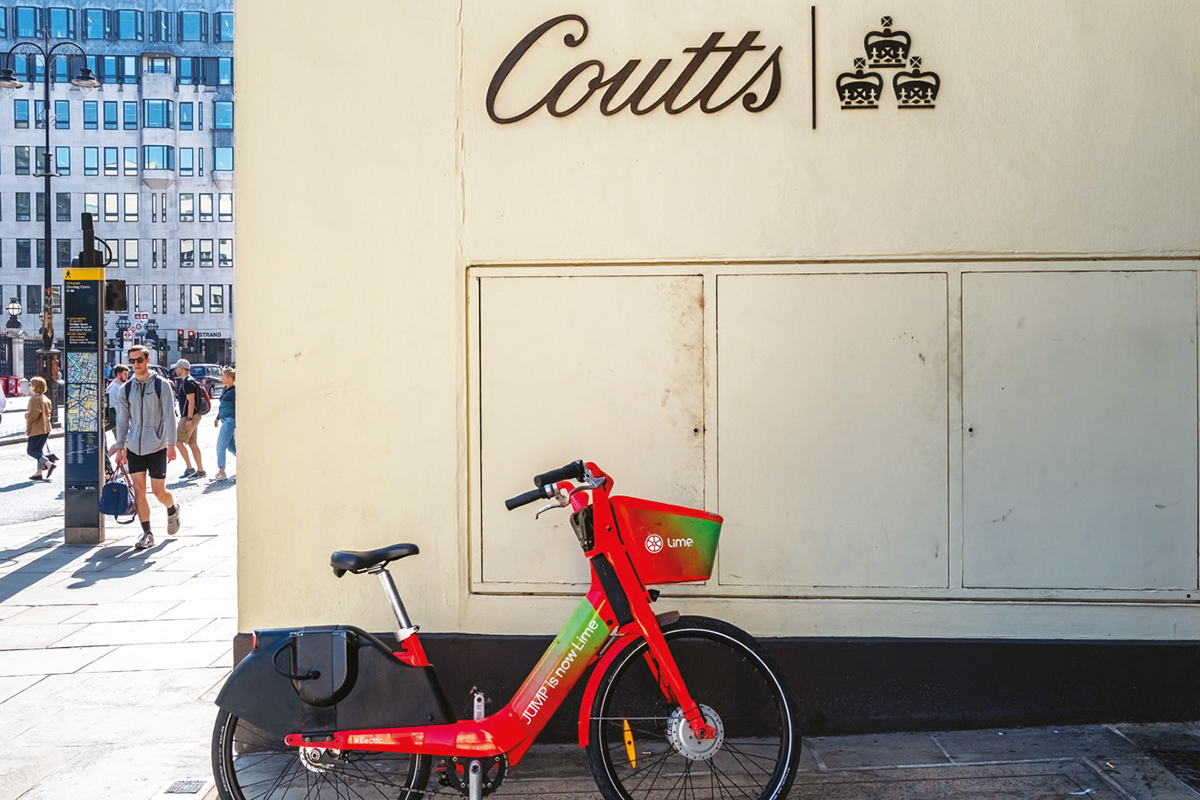
Why do established businesses need to think about innovation, and where do they start? Joseph Bradfield defines what an innovation strategy is, why you need one, and some of the tools that the team at Sussex Innovation use to explore it
“Innovation? So… you work with inventors?”
I hear this question often when I mention where I work. Innovation is one of those concepts that’s hard to pin down, that can have very different definitions depending on how you approach it. The best answer I can give to that question is “sometimes,
but not usually.”
An invention might lead to innovation, but innovation doesn’t need to involve an invention. A good working definition of innovation is “successfully creating and capturing value from an idea”.
This is an important distinction, because it confronts the image that many of us hold about innovation; that it comes when a lone genius has a sudden, single flash of inspiration. In fact, successful, established businesses are innovating all the time. They do it with a process that involves some initial creativity, a little guesswork, a lot of research, experimentation and careful implementation.
“Innovation consultancy? Like… helping people invent things?”
This one is easier to answer. In reality, innovation consultancy is about facilitating each of the steps in the process above. Whether we’re working with a software developer, a retailer or a law firm, there are always going to be elements of that process that help
to make them more efficient, more successful or more attractive to customers. It might mean developing a new product, pioneering a service model, or even positioning the business in a different way from the competition.
Luckily, plenty of tools have emerged from the start-up ecosystem that can help you to make informed decisions about the direction your innovation strategy will take.
The Market Opportunity Navigator
Developed by Marc Gruber and Sharon Tal for their book Where to Play, the Market Opportunity Navigator is a process that helps you to systematically identify, evaluate and prioritise which products and services your business is going to spend its time, resources and money on.
Using a series of prompts and questions, you work through three stages: first identifying as many new business opportunities as possible, then assessing each option through the lenses of how challenging it is to deliver and how attractive the opportunity is. Finally, you decide upon a forward strategy by electing which opportunities you will focus on immediately, which you will continue
to work on in the background, and which you will shelve.
The Value Proposition Canvas
A good habit for any business owner is questioning whether your customers truly want what you’re selling, and why. The Value Proposition Canvas, designed by the team at Strategyzer in the book Value Proposition Design, helps prompt deeper thinking about what your customers want and need, and whether you are designing products and services that deliver ‘product-market fit’.
It involves analysing the jobs your customers do every day, the problems, challenges and frustrations that they experience while doing those jobs, and anything that might help to make their experience a more positive one. These factors are then compared with the products and services your business offers, and the ‘pain relievers’ and ‘gain creators’ that each provides. A successful value proposition marries the two together, addressing each of the customer’s needs with an appropriate solution.
The Business Model Canvas
Remember the second part of our definition of innovation at the start of this article? If the Value Proposition Canvas is about how you create value, the Business Model Canvas helps you to work out how you will capture that value, using it to develop a sustainable and profitable business.
It starts with defining your value proposition and customers, then builds on that foundation by asking you to consider the relationships and channels that you use to deliver value. Next, you work on the operational side of the business, defining the
partnerships, activities and resources that keep things working smoothly. Finally, all of this information feeds into a basic financial model – the cost structures and revenue streams that underpin it all, and whether those numbers add up.
All three tools are open-source and are available completely free to download and experiment with. Sussex Innovation’s expert innovation advisors are well-practiced at using each of them to develop innovation strategies, so get in touch if you feel that your
business could benefit from an impartial facilitator to interrogate your assumptions, research and plan.





